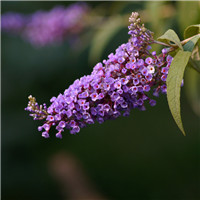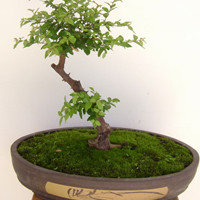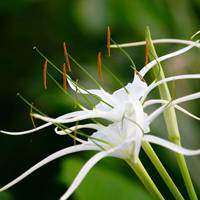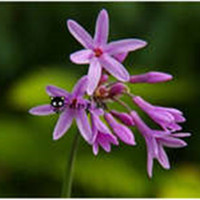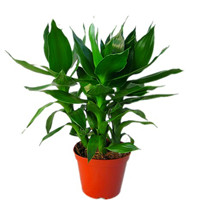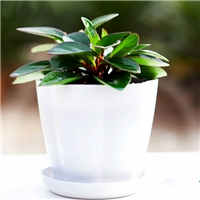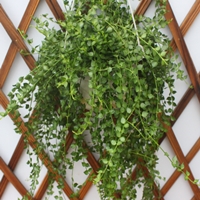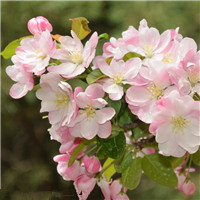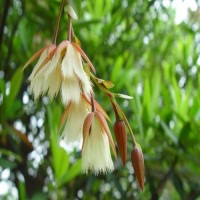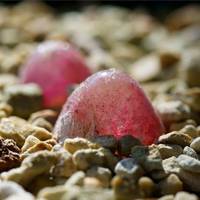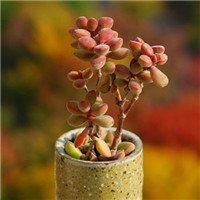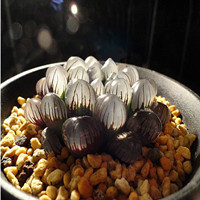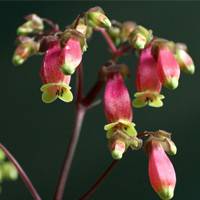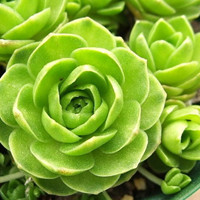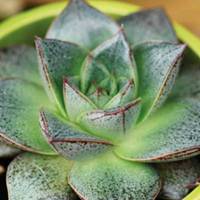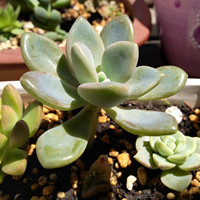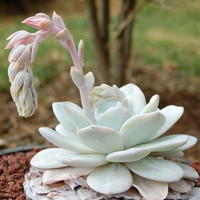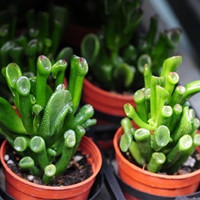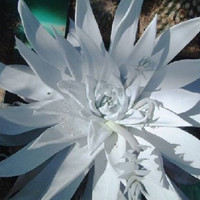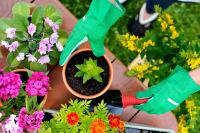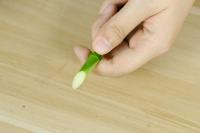Introduction
One of the most common problems that plant owners face is their plant leaves turning yellow. This can be a frustrating experience, especially if you are unsure about the underlying cause. Yellowing leaves can be a sign of a variety of issues, ranging from lack of nutrients to pests and diseases. In this article, we will explore some possible reasons why your plant leaves are turning yellow and what you can do to remedy the situation.
Reasons for Yellowing Leaves
There are several reasons why plant leaves can turn yellow. The most common causes include:
1. Lack of Nutrients
Plants require a range of nutrients in order to grow and thrive. If your plant is not receiving enough of one or more key nutrients, its leaves may start to turn yellow. In particular, plants require nitrogen, phosphorus, and potassium to support their growth. A lack of nitrogen can cause the leaves to turn yellow, while a shortage of phosphorus can result in a purple or reddish tint. Finally, a lack of potassium can cause the edges of the leaves to turn yellow.
2. Overwatering
Overwatering is a common mistake that many plant owners make. Although plants require water to grow, they can easily be drowned if they receive too much. Overwatering can cause the roots to become waterlogged, which can prevent them from absorbing nutrients properly. This can result in yellowing leaves and other symptoms such as wilting and rotting.
3. Pests and Diseases
Pests and diseases can also cause plant leaves to turn yellow. Common pests include spider mites, aphids, and whiteflies, which feed on the sap of the plant and can cause damage to the leaves. Diseases such as leaf spot, powdery mildew, and rust can also cause yellowing leaves as well as other symptoms such as spots or discoloration.
Remedies for Yellowing Leaves
The remedies for yellowing leaves will depend on the underlying cause. Here are some steps you can take to address the most common issues:
1. Nutrient Deficiencies
If your plant is lacking nutrients, you may need to fertilize it. Be sure to choose a fertilizer that is appropriate for your plant's needs, as well as the time of year. You can also try adding compost or other organic matter to the soil to help improve the soil's nutrient content.
2. Overwatering
If you suspect overwatering is the problem, you should reduce the amount of water you give to your plant. Make sure the soil is moist but not sodden, and ensure that the pot has adequate drainage to prevent water from pooling at the bottom.
3. Pests and Diseases
If pests or diseases are causing the yellowing leaves, you may need to take steps to eliminate them. You can use insecticides or fungicides to control pests and diseases, but be sure to choose products that are safe for your plant and follow the instructions carefully. You can also try using natural remedies such as neem oil or insecticidal soap.
Conclusion
If your plant leaves are turning yellow, it is important to identify the underlying cause in order to address the problem effectively. By following the tips outlined in this article, you can help your plant to recover and thrive. Remember to be patient and provide your plant with the care and attention it needs to stay healthy and vibrant.

 how many times do yo...
how many times do yo...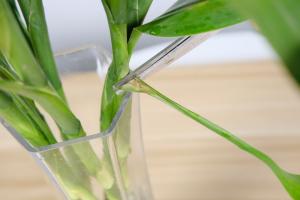 how many planted tre...
how many planted tre...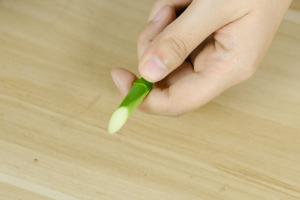 how many pine trees ...
how many pine trees ... how many pecan trees...
how many pecan trees... how many plants comp...
how many plants comp...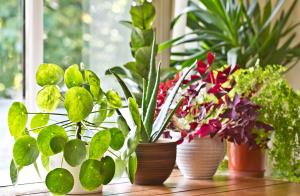 how many plants can ...
how many plants can ...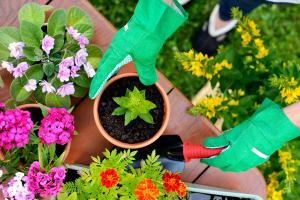 how many plants and ...
how many plants and ...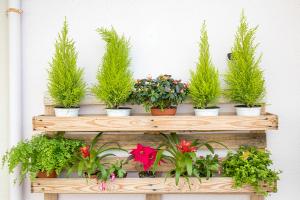 how many pepper plan...
how many pepper plan...